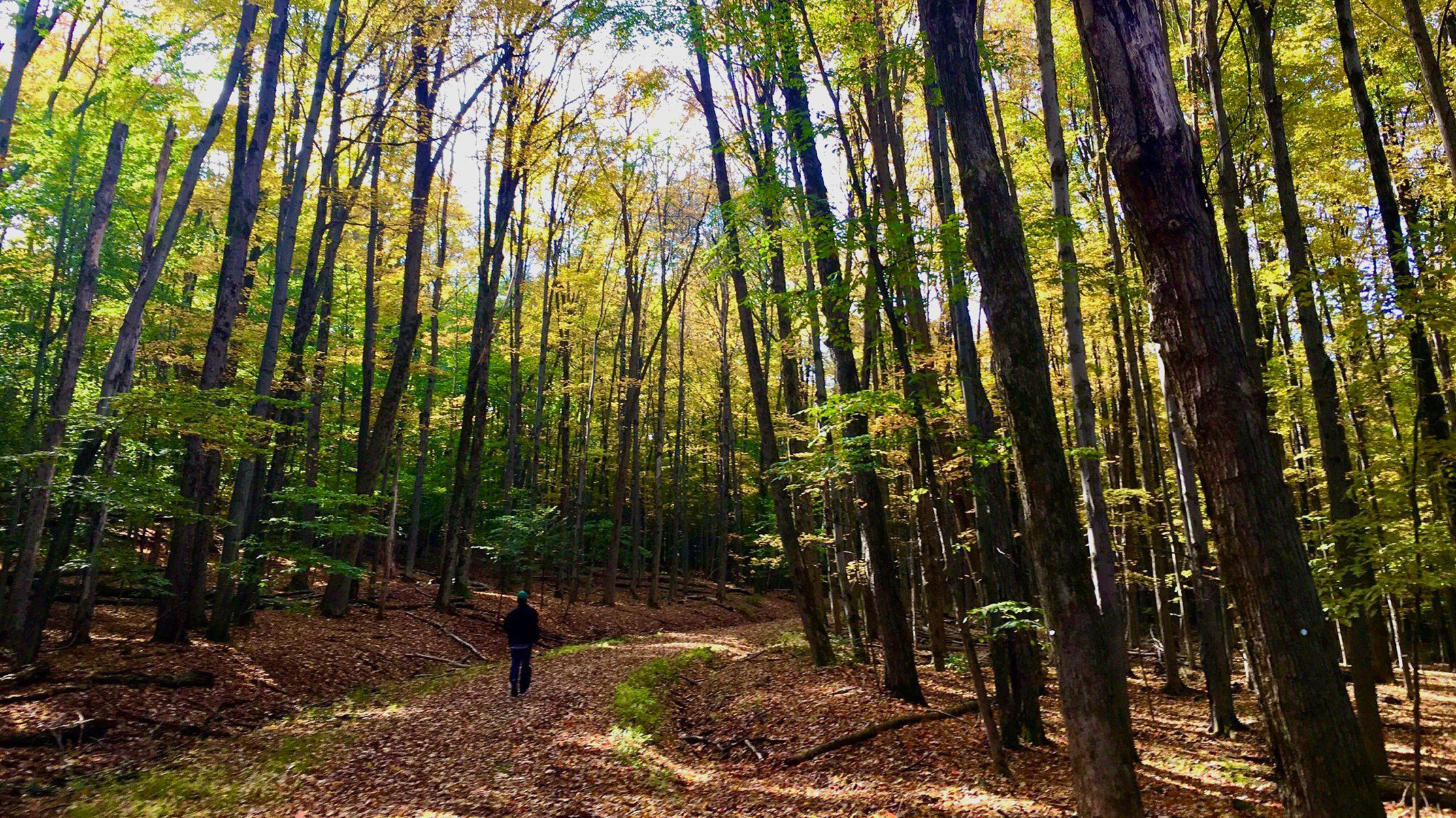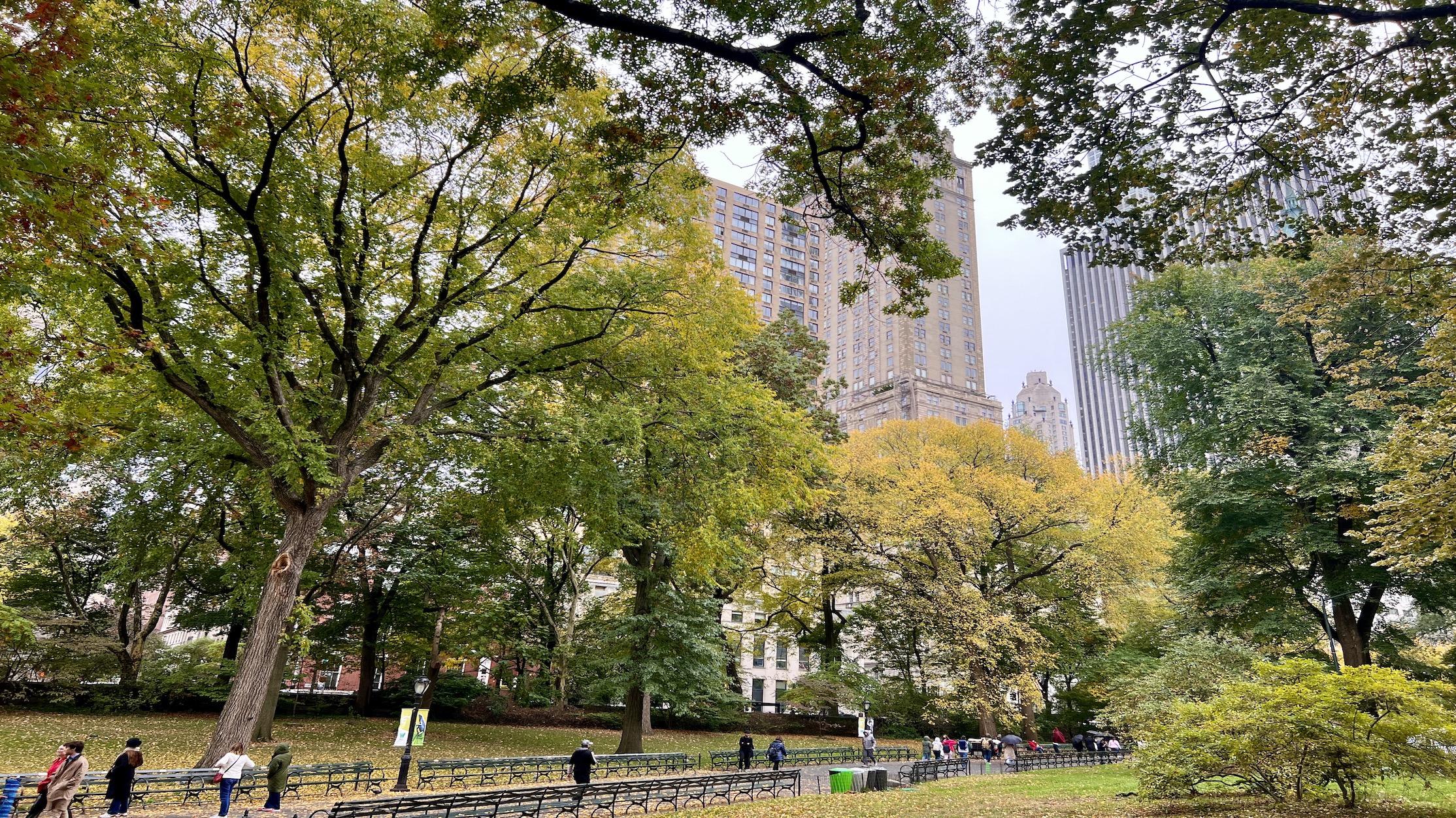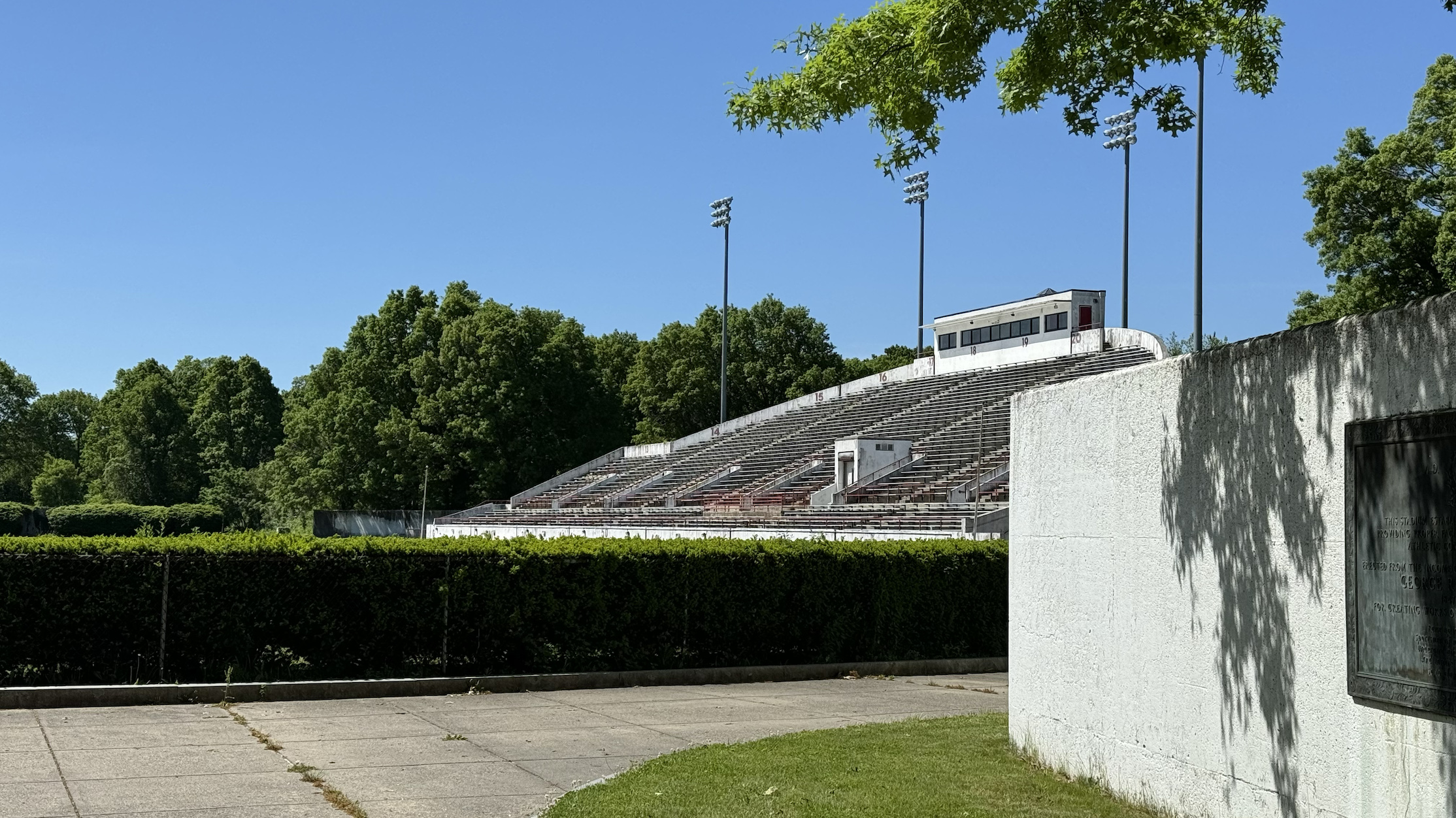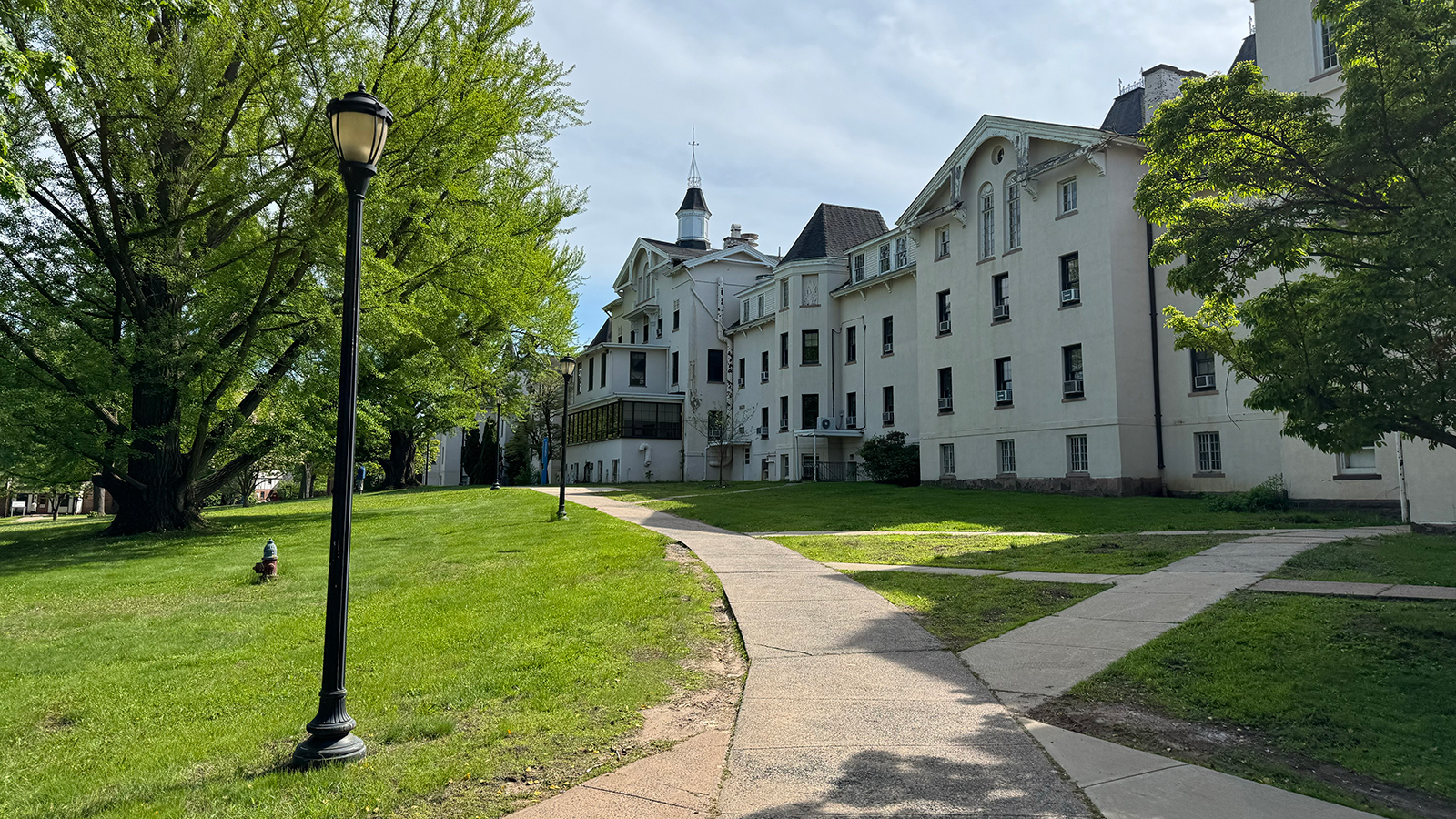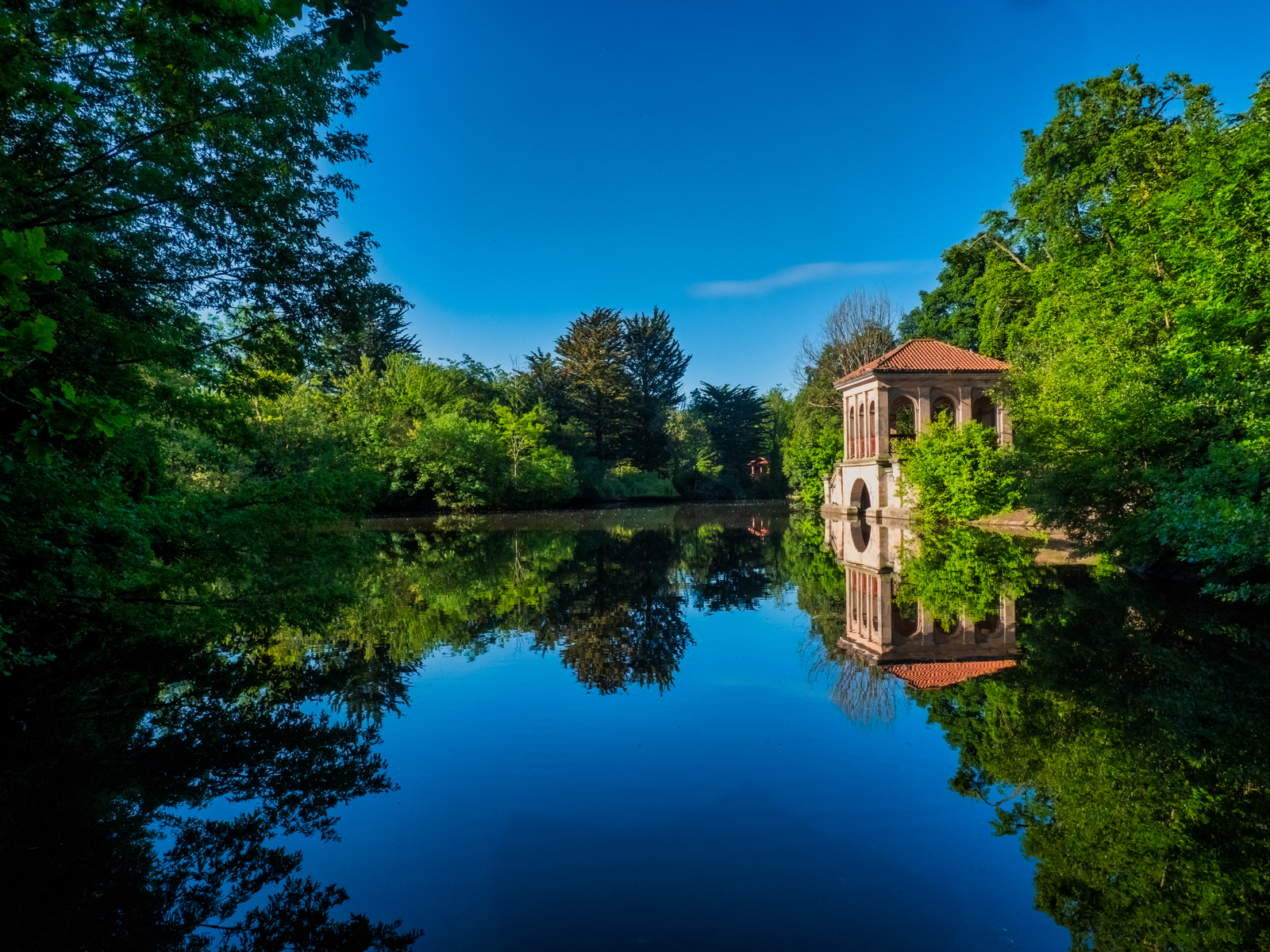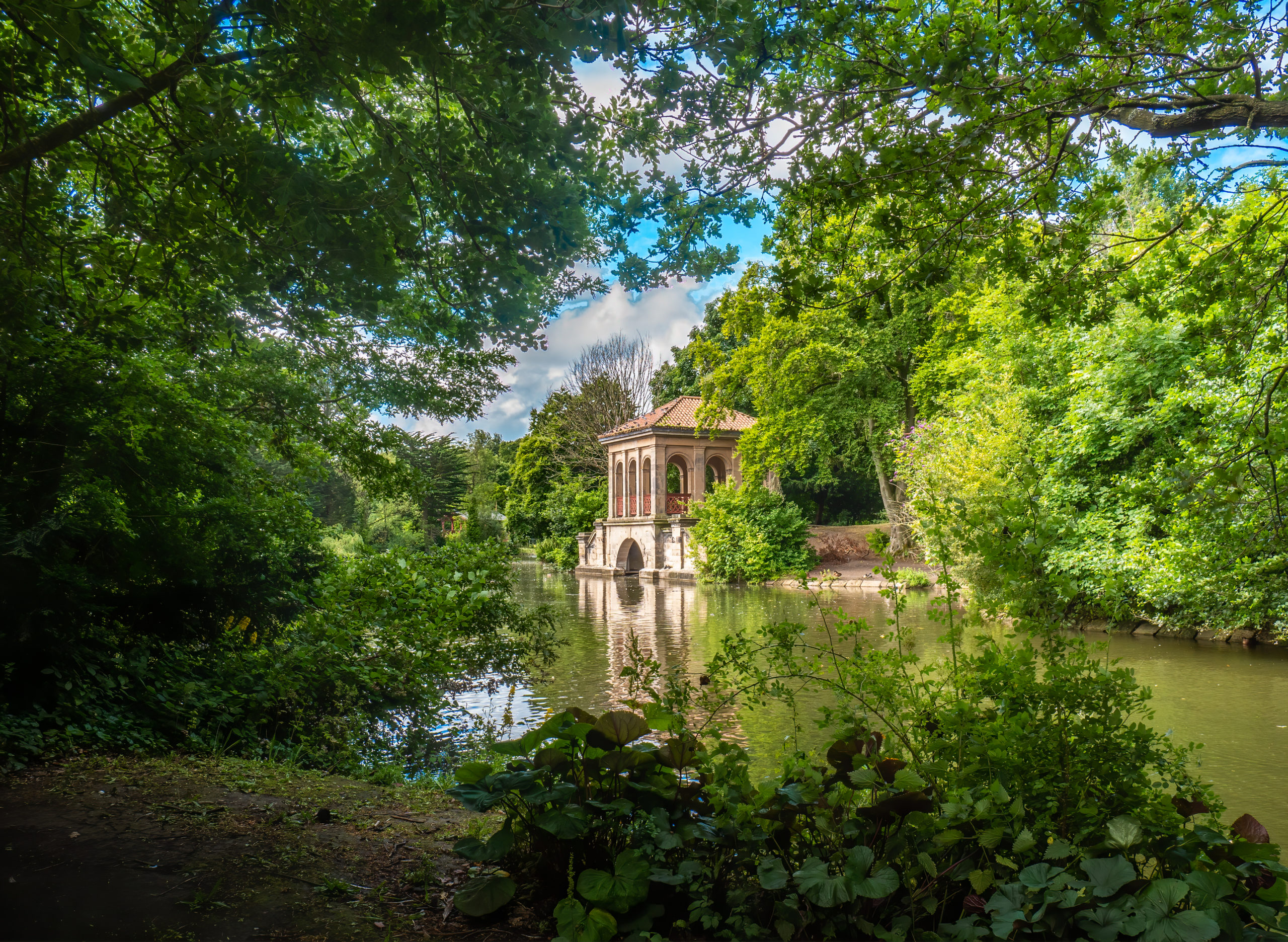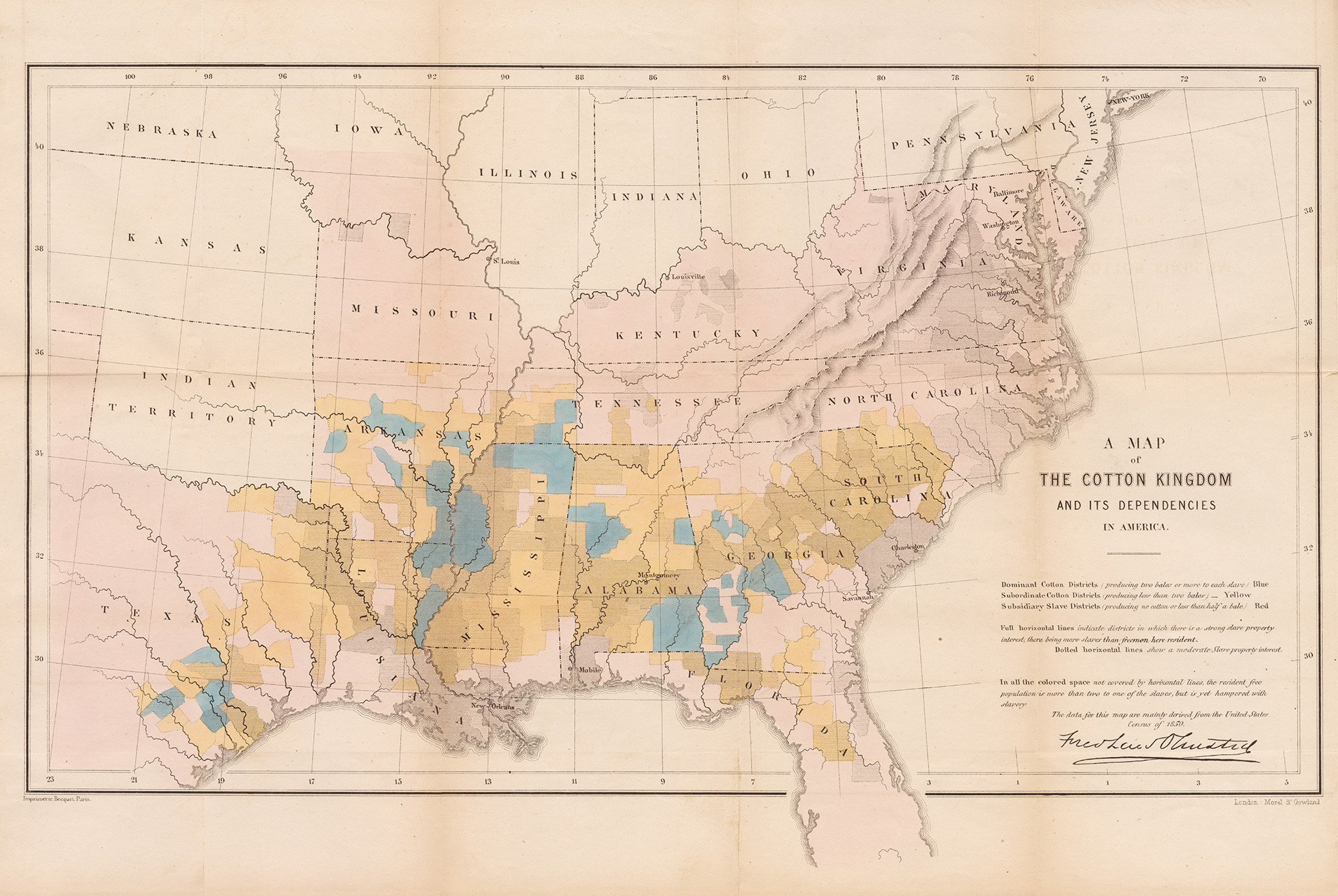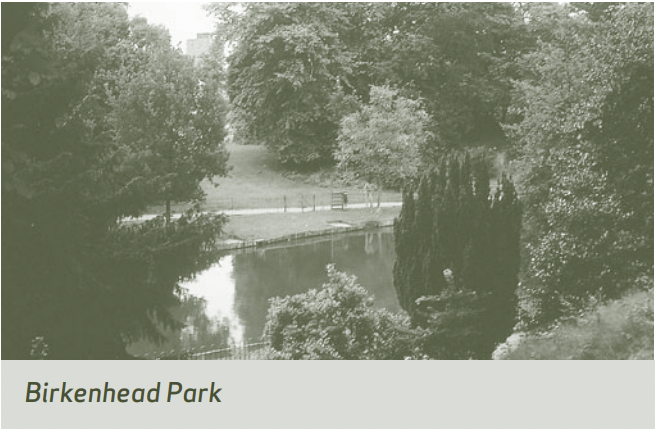
England, the subject of this book, has long fascinated North Americans. The renowned landscape architect Frederick Law Olmsted (1822–1903) first saw the mother country during a month-long walking tour of Southern England and Wales in the spring of 1850, taken when he was twenty-eight years old. The record of that trip, “Walks and Talks of an American Farmer in England,” is an engaging account of the young man’s adventures. More significantly, it is a record of how England permeated every aspect of Olmsted’s worldview a few years before he translated it into his career as scientific farmer, author and publisher, brilliant administrator, and, finally, landscape architect of twenty major parks and park systems in cities from New York to California. In these designs, Olmsted kept in mind the landscapes, both natural and manmade, that he had seen during his 1850 tour, and very consciously adapted the best features of them to his commissions. In effect, Olmsted remolded portions of the American landscape into idealized versions of Victorian England
With its vast tracts of lands owned by the aristocracy, England also impressed upon Olmsted the critical importance of public ownership and free public access to such treasures of scenery for the health and recreation for all. He believed that access to natural scenery would give all citizens a chance to escape from the narrowing effects of selfish interests and enable them to gratify, exercise, and educate aesthetic faculties that were intimately associated with their moral perception and intuition.
Having observed the slums of large cities such as Liverpool on the one hand and the openness and beauty of the countryside on the other, Olmsted was inspired to develop in the United States a new metropolitan form that preserved the best of both rural and urban life for everyone.





